Description
A fine sterling silver sugar caster of trumpet shape with an internal flange at the top and a collet foot, above which is a cast band chased with leaves and berries. It has a snug-fitting, flanged, removable dispenser lid, rising in the centre to a chased finial surrounded by a circular arrangement of ‘tulip and dot’ piercings. The caster is otherwise plain with planishing marks.
Dimensions & Weight:
Caster (diameter of lid): 7.5 cm / 3 in; (diameter of foot): 6.4 cm / 2 ½ in.; Height: 14.6 cm / 5 ¾ in.; Weight: 218 gm / 7.0 ozT
Hallmarks
Body and Lid: Lion Passant (Sterling); Leopard’s Head (London); lower case Gothic ‘t’ (1934-5). The sponsor’s mark of plain capitals ‘C B’ in a rectangular punch is consistent with Charles Boyton (III). The underside of the foot carries the engraved facsimile signature ‘Charles Boyton’.
Charles Boyton (III), 1885-1958
The original business, founded in St. Luke’s, London, by Charles Boyton (I) who registered his first hallmark in 1825, subsequently operated at Northampton Square, Clerkenwell (from ca. 1849-1904) under the management of Charles Boyton (II) (son of the founder; died 1899) and Charles Holman Boyton (grandson; died 1904). In 1894 the business changed its name to Charles Boyton & Son and in 1919 to Charles Boyton & Son Ltd. In the latter period, Charles Boyton (III) (son of Charles Holman Boyton) acted as managing director and the firm was active as a wholesale manufacturer of silver and electroplate. The firm encountered economic difficulties and in 1933 a new company of Charles Boyton & Son Ltd was created, active at Wardour Street from 1936 until 1977.
In 1934 Charles Boyton (III) left the firm and opened his own business as a wholesale silversmith at 114-116 Marylebone Lane with retail premises at 98 Wigmore Street, London W1. Probably aiming to emulate Omar Ramsden, he marketed a range of domestic and decorative silver where “all original pieces” bore an engraved facsimile of his signature. An exhibitor at many exhibitions as an ‘English silversmith and Designer’ his pieces appear to be a pastiche of the Danish designs of Georg Jensen and the Art Deco designs of the French silversmith, Puiforcat.
There is an evident coercion of his material into the preconceived set shapes of spinning chucks. Spinning is a skilled production method avoiding the hand-raising of forms. His catalogue ‘Hand-wrought English silver’ states however that, “The true Master Craftsman is an artist. Into such a category must be placed Charles Boyton. Trained through years of tradition this schooling of the ages has enabled him to devise new designs and thoughts, producing the finest possible hand-made silverware, modern in conception but at the same time with the fine touch of the craftsman of the past”.
This separate business of Charles Boyton (III) closed down with the Second World War.
(Taken from: www.silvercollection.it and Treasures of the 20th Century, (London: The Goldsmiths’ Company, 2000), Chap 3, 1927: The Beginning of the Modern Silver Collection, p. 29.)
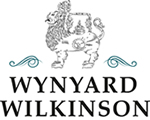
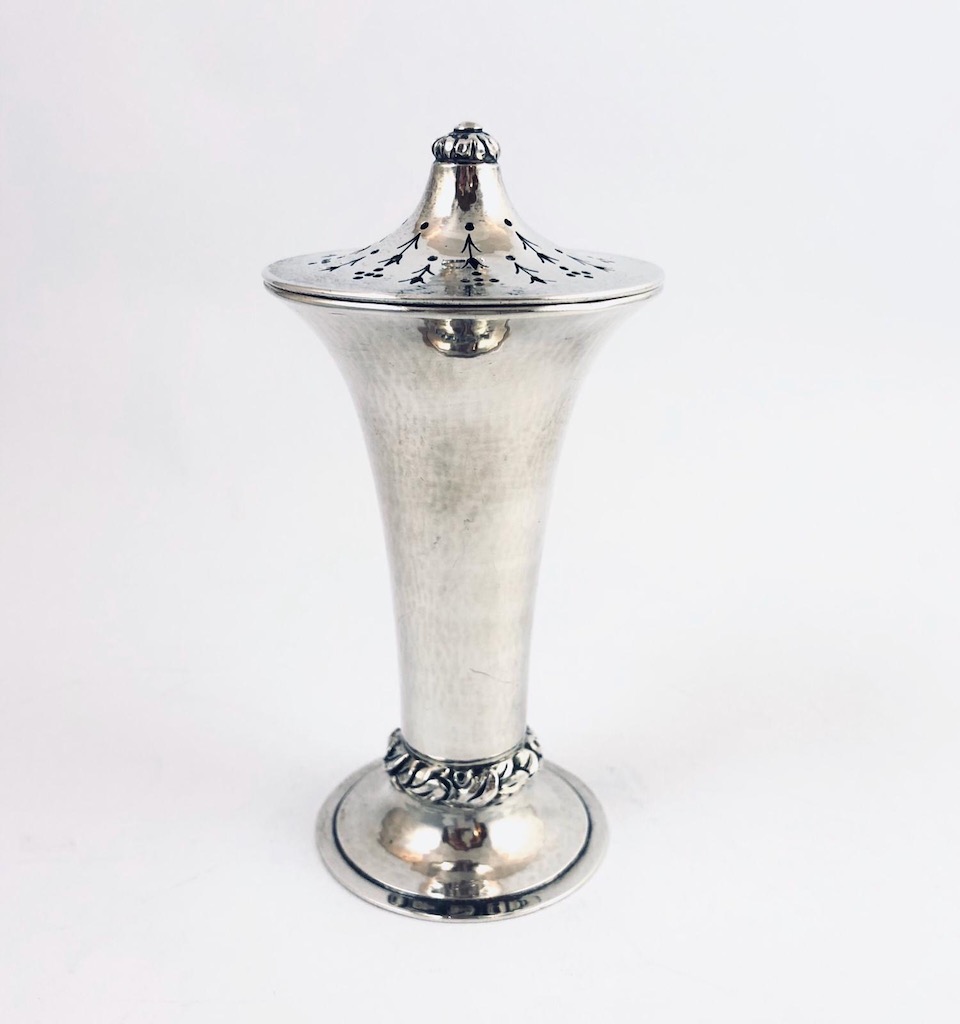
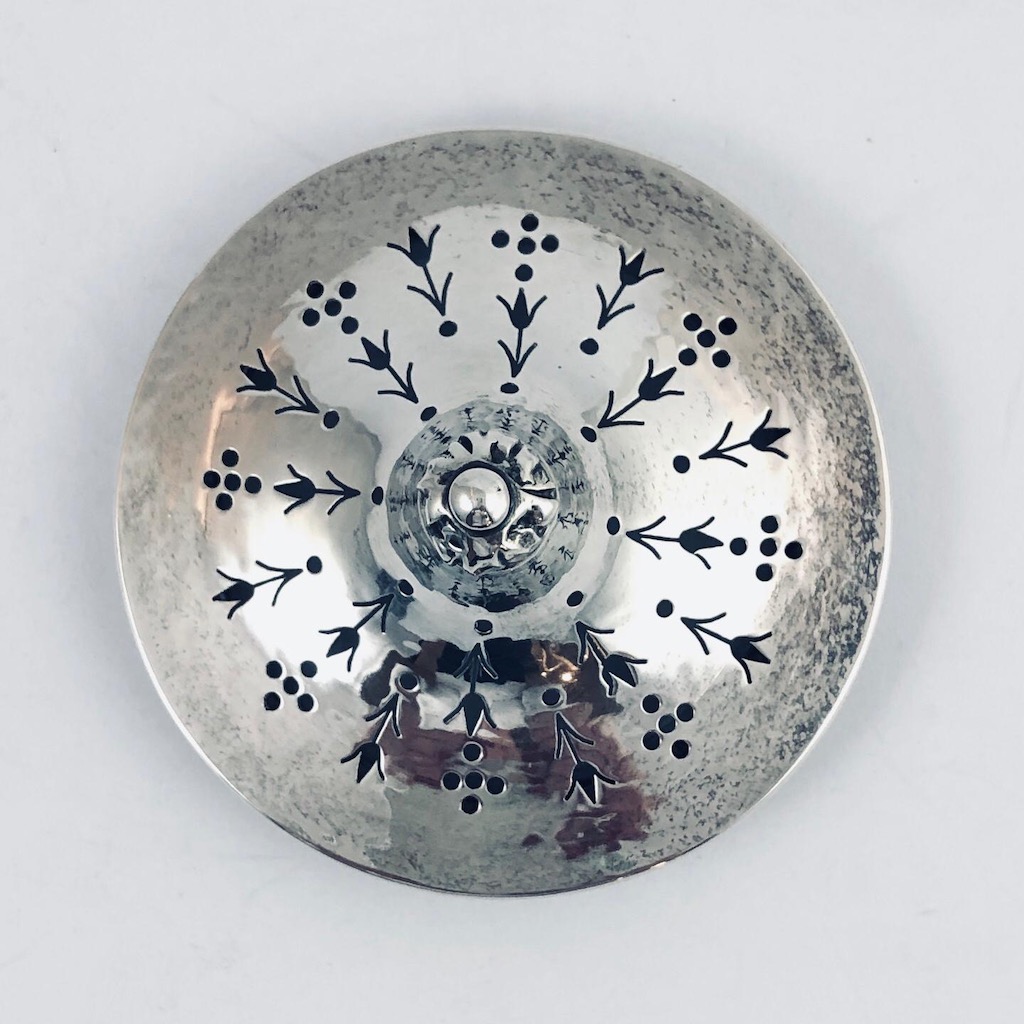
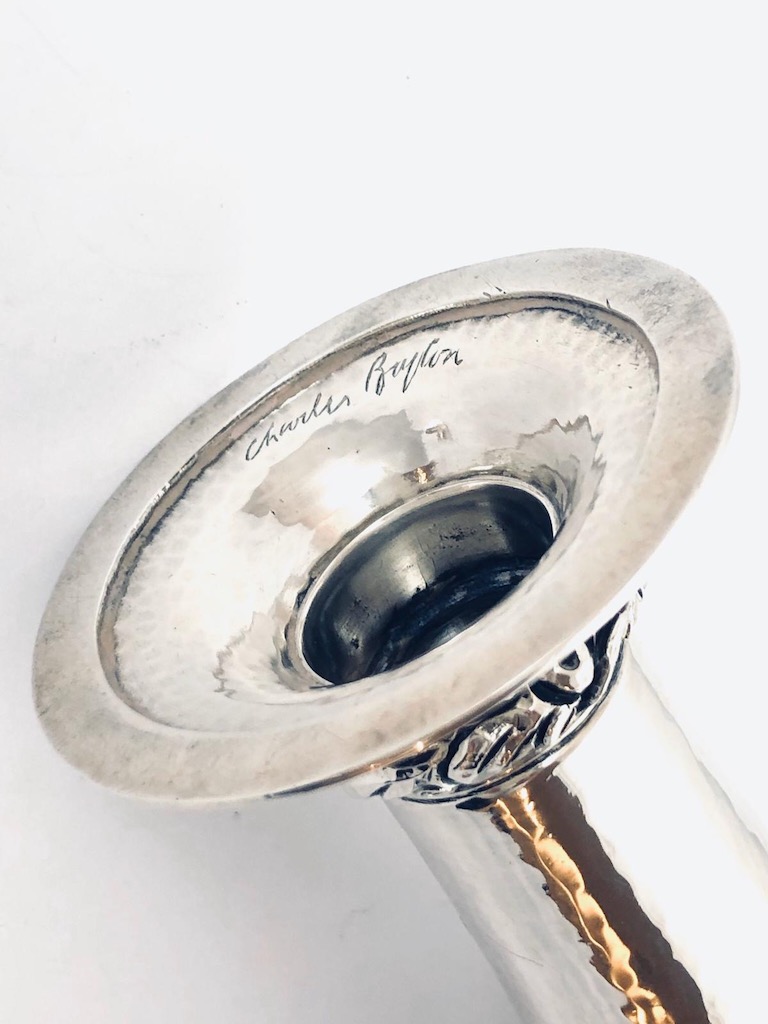
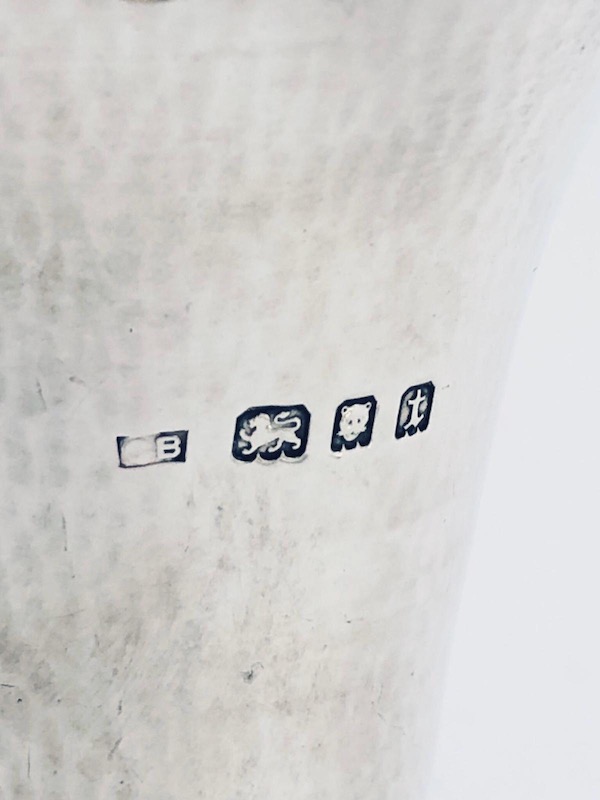
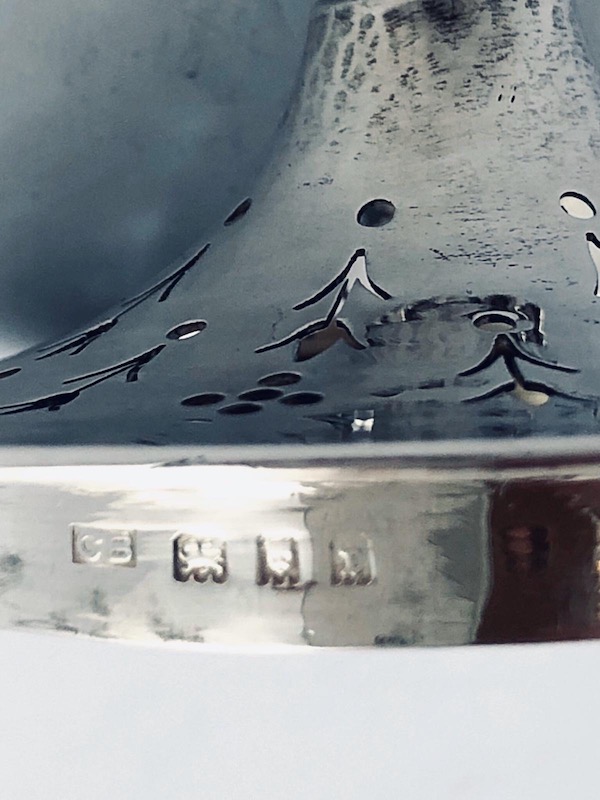
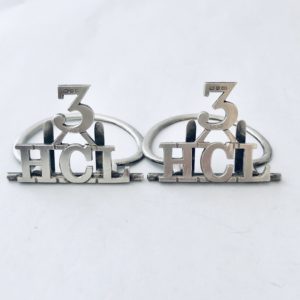
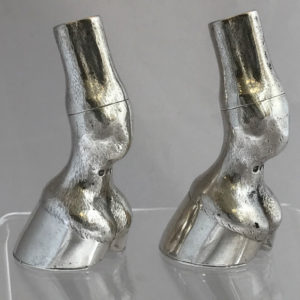

Reviews
There are no reviews yet.